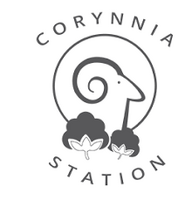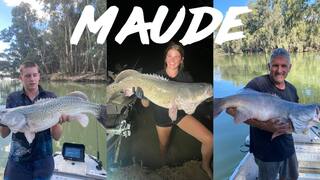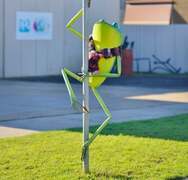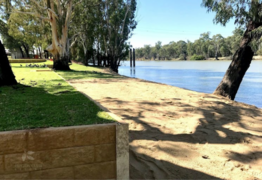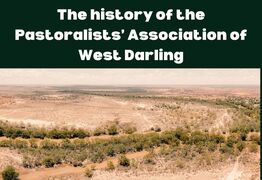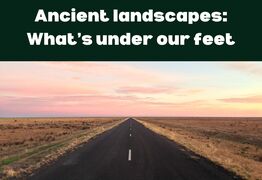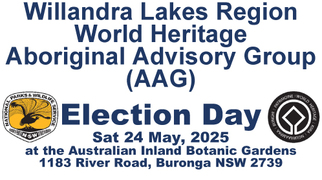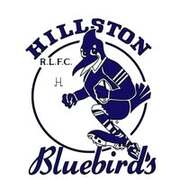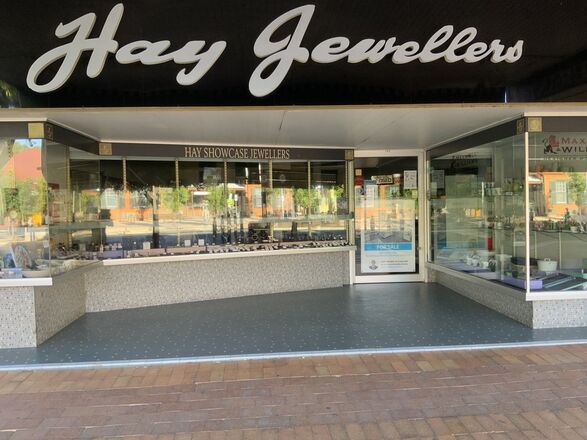Australia's worst river rabbit: the not-so-glamorous life of the common carp
Kimberly Grabham
17 May 2025, 2:00 AM
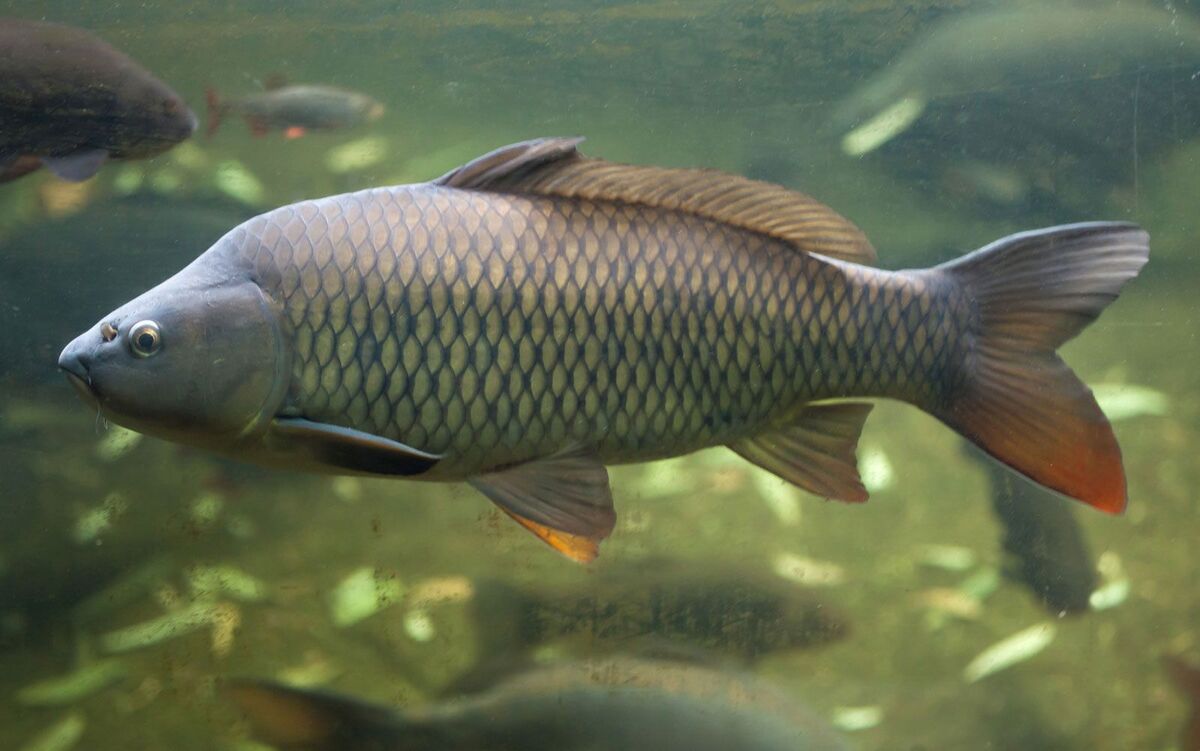
Alright, let's talk carp. If you've spent any time near Australian waterways, you've probably heard whispers, or maybe outright grumbles, about these slippery characters.
Considered a serious introduced pest and often dubbed the "rabbits of the river," they've earned quite the reputation – and not the good kind.
My grandfather was an avid fisherman, and whenever we would go fishing as a child, and he would catch a carp, he would throw it up on the riverbank or against a tree.
Completely clueless as to the reality of the carp, I was always very curious as to why this was done. But now, it is pretty common knowledge the carp is a pest.
So, where did these aquatic nuisances come from? Believe it or not, carp actually hail from the other side of the world, originally found stretching from eastern China all the way to eastern Europe, likely evolving in East Asia.
Humans, being the helpful creatures they are, decided to spread them around a bit.
The Chinese apparently domesticated them thousands of years ago, and the Romans helped them hop across Europe starting way back in the first century AD.
Monks later got in on the act, raising them in ponds.
Their journey to Australia in the 1800s was largely intentional.
European acclimatization societies thought it would be a brilliant idea to introduce them as game fish, a potential food source, and for recreational fishing.
Some also arrived accidentally, escaping from fish farms or aquariums.
While early stocking attempts in places like Tasmania and Victoria in the 1850s didn't always stick, later introductions, particularly a strain known as the 'Boolara strain' from a Victorian fish farm in the late 1950s, proved far more successful – disastrously so, becoming a catalyst for massive expansion.
Their spread was then helped along by major floods and various human actions like deliberate releases and transfers.
Different European and even Japanese 'koi' strains have contributed to the genetic mix found here today.
Now, why are they so hated? It boils down to their behaviour.
Carp feed like what one source charmingly calls an "aquatic vacuum cleaner".
They constantly stir up the bottom sediments in rivers and lakes.
This isn't just messy; it has serious consequences.
All that mud turns the water cloudy, a state known as turbidity, which reduces sunlight, harming aquatic plants.
These plants aren't just scenery; they're critical food and shelter for native fish.
On top of that, carp simply remove established aquatic plants, which can even lead to riverbanks eroding.
But wait, there's more! With their populations booming – reaching an estimated 375 million after recent floods, making up a staggering 90 per cent of the total fish biomass in the Murray-Darling Basin – carp are also fierce competitors for food with native fish.
They don't stop there; they'll also prey on the eggs, larvae, and juvenile native fish, adding insult to injury.
This one-two punch of habitat destruction and direct impact has led to a serious decline in native fish populations and the overall degradation of freshwater ecosystems.
They are even called the most ecologically damaging non-native species globally.
Their impact isn't just ecological; it hits the wallet too. Recreational fishing suffers, tourism takes a hit, and water quality declines.
Estimates put the annual cost of these impacts somewhere between a hefty $11.8 million and $500 million.
Today, these unwelcome immigrants are found in virtually every state and territory except the Northern Territory.
They dominate waterways across southeast Australia, particularly the massive Murray Darling Basin.
Tasmania has fought a long battle and seems to have them functionally eradicated from key lakes after a 28-year program – a rare success story.
Recognising the scale of the problem, carp are seen as a major threat.
They have been nominated as a key threatening process in Victoria.
Authorities are exploring various control methods, including assessing the feasibility of using a carp-specific virus as a biological control agent through the National Carp Control Plan.
But for now, Australia's rivers are largely ruled by the vacuum-mouthed carp.
NEWS
SPORT
RURAL
COMMUNITY
VISIT HAY
VISIT BALRANALD
VISIT OUTBACK NSW
MEETINGS
EVENTS
LOCAL WEATHER
FOR SALE
COMMERCIAL PROPERTY
















